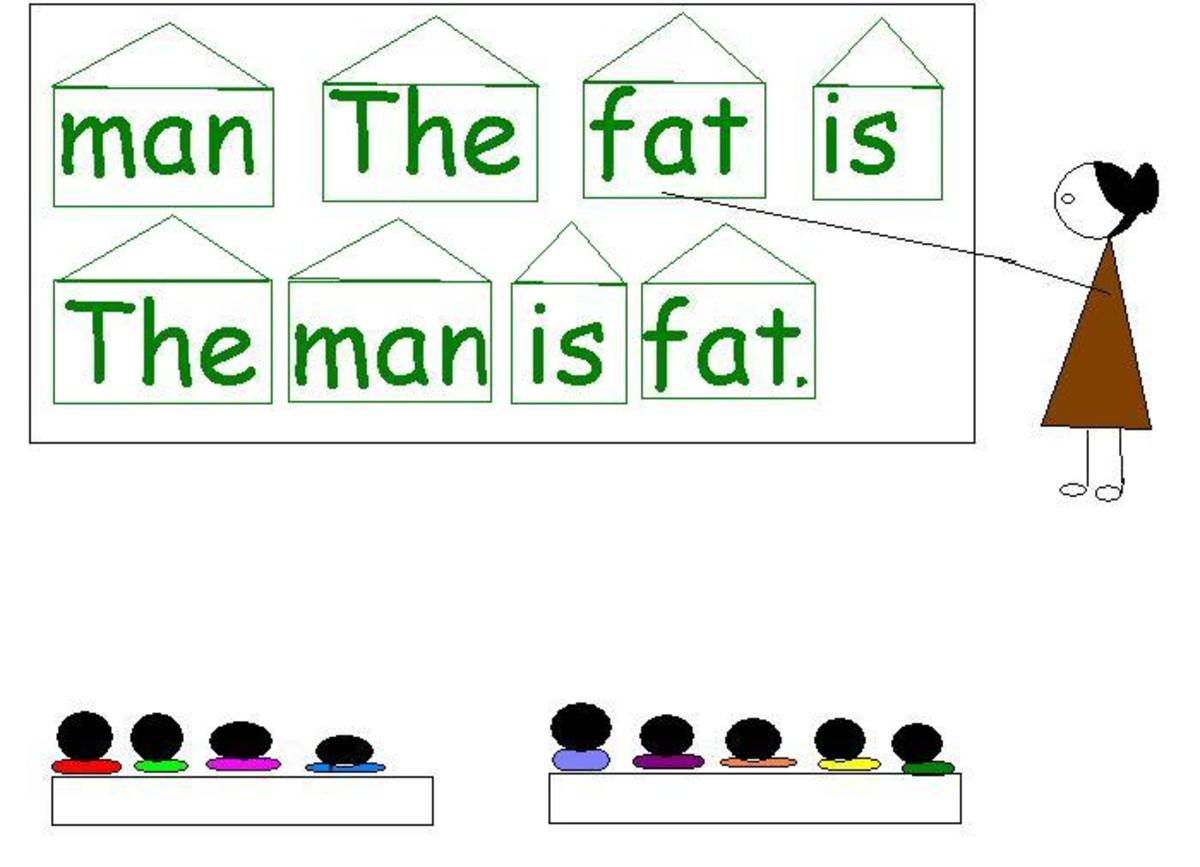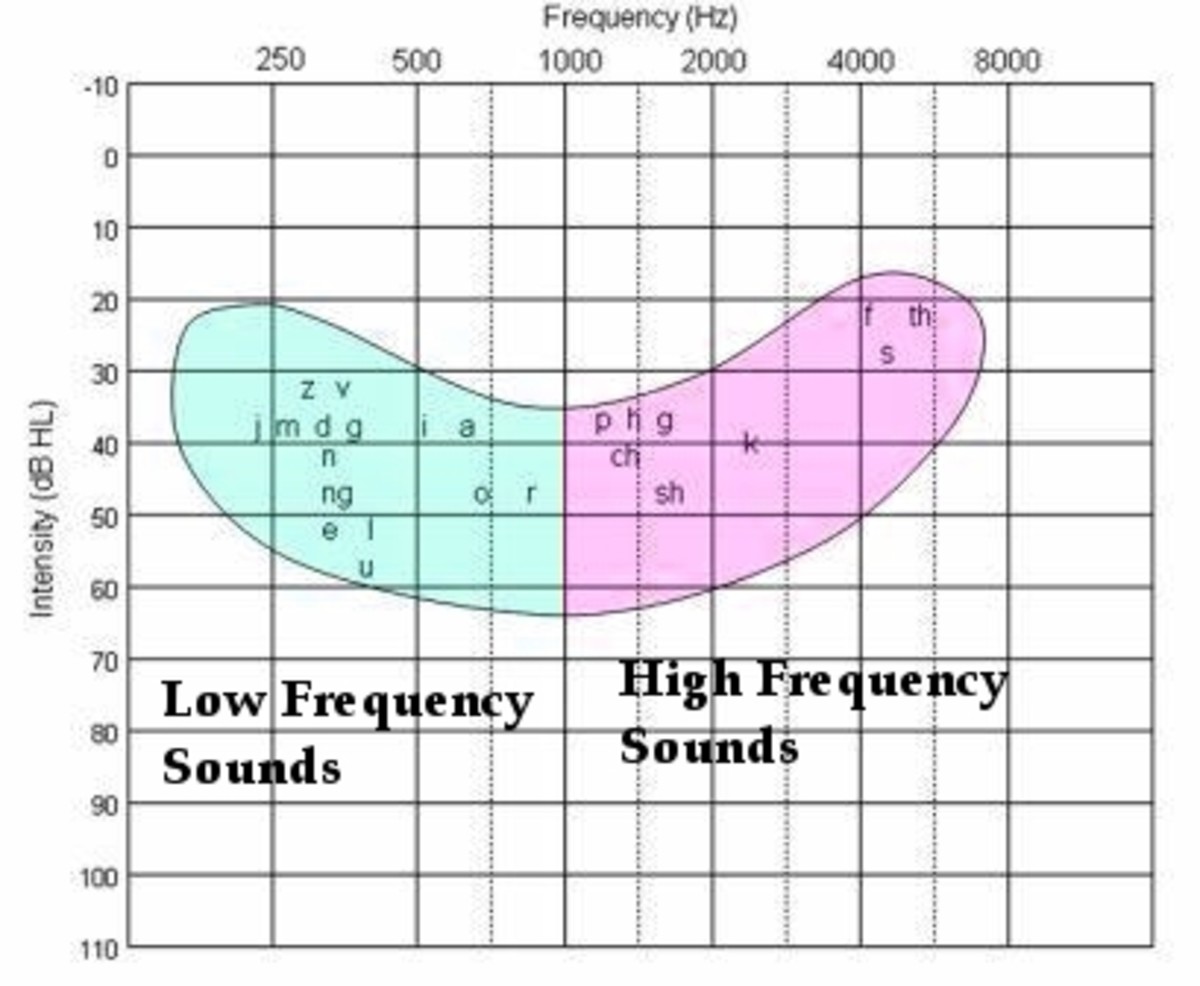How to Slow Down Speech

How to easily correct fast talkers
Once children reach their teens they seem to communicate only by texting or emailing – speaking is very low on their list. As a consequence of this many employers complain that although their new employees are academically qualified they lack basic communication skills. Children who are taught to communicate at an early age will easily revert to clear confident speech when they have to.
A teacher can easily correct lazy speech in a few seconds if they know what to look for.
The most common problem amongst children of all ages is mumbled speech. Children speak too quickly, too quietly and seem to have an aversion to opening their mouths or using their tongues.
We are all aware that teachers are very busy, both in the classroom and out of the classroom but a few seconds spent helping pupils slow down their speech will give them good habits that will last a lifetime.
Eyes and Brain working together
Our eyes and our brain can read words and process words much more quickly than our mouths can say the words. People who speak quickly aren’t aware that they are cutting short some words, leaving some words out and pronouncing other sounds incorrectly simply because of the speed of their delivery.
Full stops and commas have to be given importance. Children have to be taught to pause at the end of every new thought. When they are reading aloud this is simple to teach. They should be encouraged to pause at full stops and commas long enough to be able to say ‘ full stop’, ‘comma’ , ‘question mark’ or ‘exclamation mark’ under their breath.
An example is:
An old woman was sweeping her house, (say comma to yourself) and she found a little crooked sixpence. (Say full stop to yourself)
‘What,’ (comma) said she, (comma) ‘shall I do with this little sixpence? (question mark) I will go to market, (comma) and buy a little pig.’ (full stop)
You’ll find that this simple exercise will slow down speech and improve reading aloud skills more than you thought possible.
Explaining
A good way to explain this to children is to compare it to playing a sport.
Imagine you’re a famous footballer and you’ve just scored a goal. What would you do?
You’d stop and let the crowd cheer and they’d say to their friends ‘what a great goal!’ Then you’d get your breath back and make your way back to your position to restart the match. You wouldn’t score the goal, rush back to position and restart the match in a few seconds! You need to get to the end of an idea and then take a breath and there are 3 reasons for doing this:
1. So that the listeners have a chance to think about what you’ve said. If you’ve said something funny they’ll have a chance to laugh - make sure you give them time.
2. So that you can take a breath.
3. So that you can get ready for the next thing you want to say
If you are able to get a child to slow their speech down you will probably hear that they leave off ends of words or even miss some words out completely. Don’t be afraid to correct them, Articulation is the art of speaking and involves the study of the muscles we use for speech. Good articulation has three advantages.
1 It enables us to speak for long periods of time without tiring.
As in any sport, muscles used correctly can work more effectively for much longer than muscles used incorrectly.
2 The more these muscles are exercised the clearer the speech becomes and listeners find it much easier to understand you. As in sport – the fitter you are the easier it becomes.
3 It enables you and the audience to concentrate more on the content of what you are saying rather than how you are saying it – they don’t need to decipher it. If your technique is good in sport you can concentrate on winning – you don’t need to worry about how to make the shot.
The future
We can all speak, some of us very loudly, but unless we can articulate well people will be forever asking us to repeat what we have just said.
Make sure that children pronounce the ‘d’ at the end of simple words like ‘and’ and the ’t’ at the end of ‘not’, ‘get’, ‘it’ etc. If this means you have to remind them two or three times in a sentence, do it. They will soon remember to do it themselves and it will be a habit that will last a lifetime.
It’s worth spending a few seconds now to help these children in the future.








